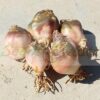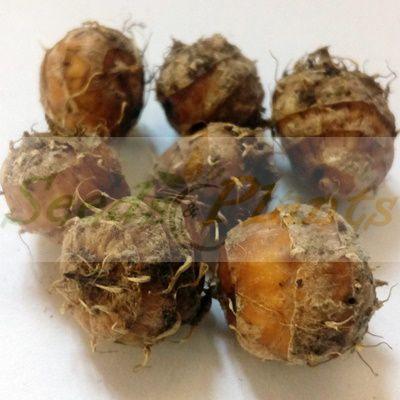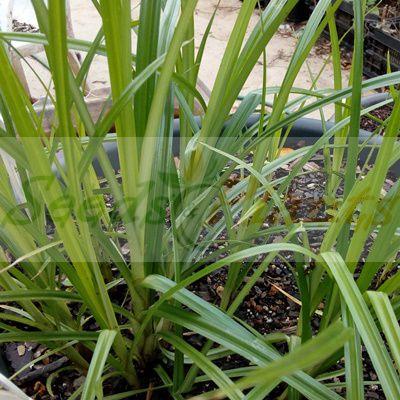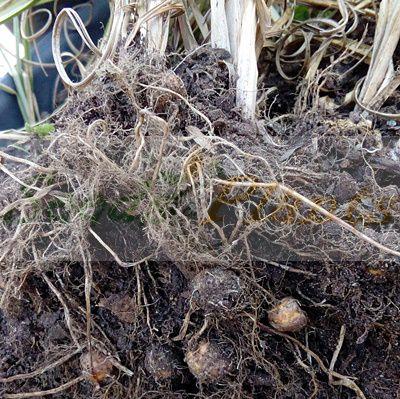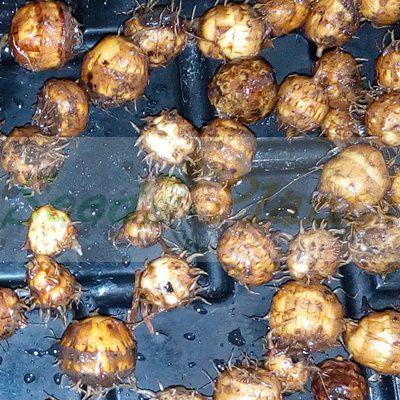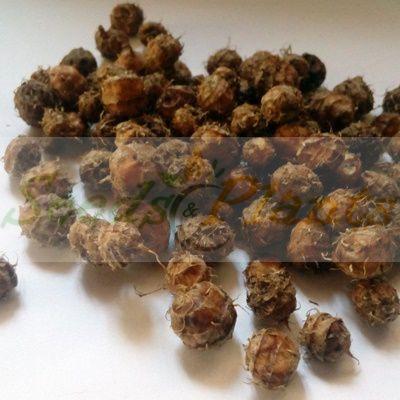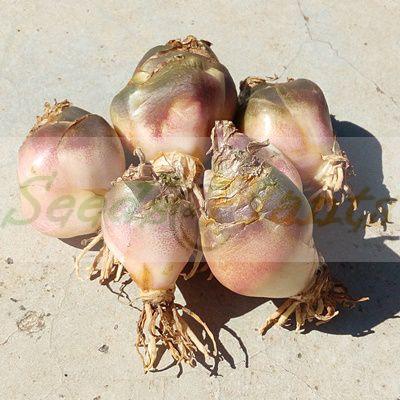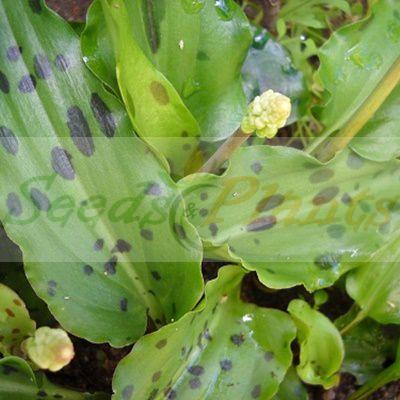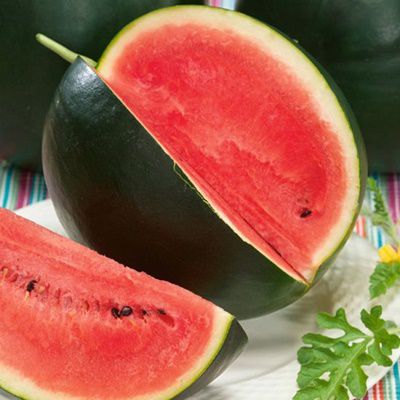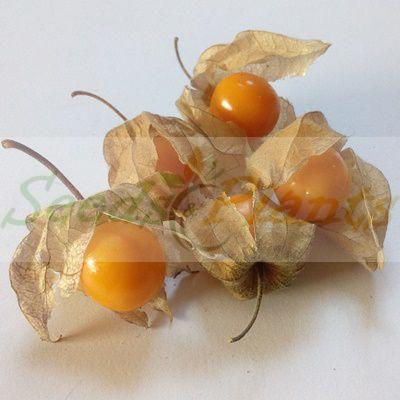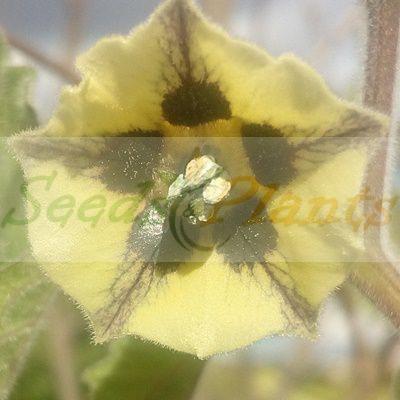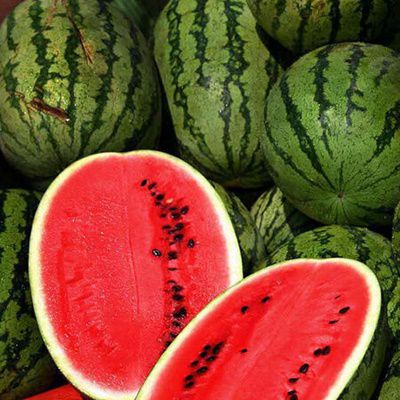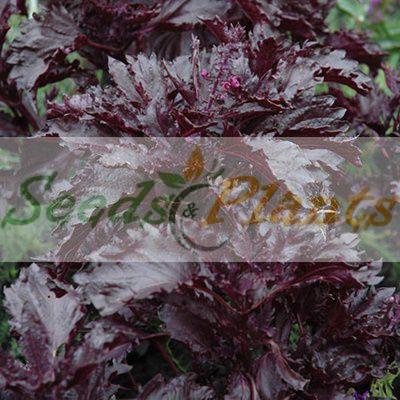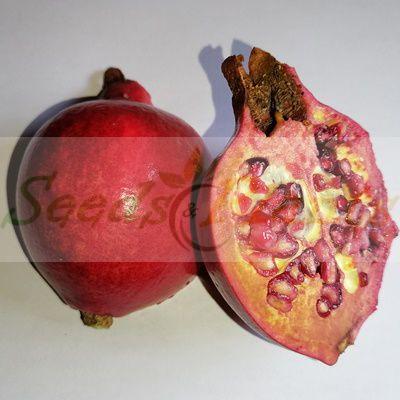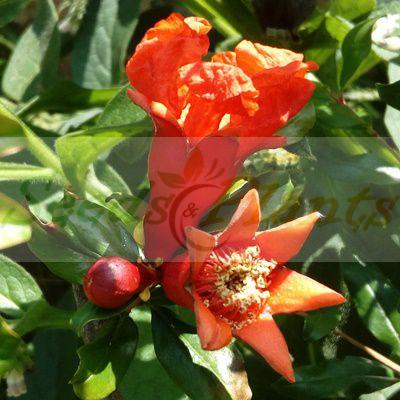Chufa – 5 Tubers
(Cyperus esculentus var. sativus)
R30.00
It is also commonly known as tiger nut or earth almond. The tubers are small, but numerous and they are delicious. It can be consumed raw, roasted, dried, baked, juiced as a drink, or processed into oil.
Planting Time: Spring.
Organic – Tubers harvested from our own plants.
Out of Stock
Email me when the product is back in stock.
Chufa (Cyperus esculentus var. sativus) was one of humanity’s earliest foods, originating in Egypt and spreading throughout southern Europe, Africa and the Middle East. It is also commonly known as tiger nut or earth almond. Tiger nuts are tubers, like sweet potato, though much smaller in size. They get their name from the stripes on the tubers’ exterior. It is a sedge that forms clusters of very small tubers, but numerous, edible and delicious. It is widespread in warmer climates, and grows in marshy or well irrigated areas.
Chufa Culinary Uses
Tiger Nuts are rich in starch, fat, sugar and protein. They are also high in vitamins E and C, as well as phosphorus and potassium. They are 20-36% oil; this oil is 18% saturated fat and 82% unsaturated fat, similar to the fat composition of olives.
- Tiger Nuts can be consumed raw, roasted, dried, baked, juiced as a drink, or processed into oil.
- Both the Spanish and Nigerians use Tiger Nuts to make a sweet milky drink called horchata de chufa in Spain and kunnu aya in Nigeria.
- Flour is made from roasted, ground Tiger Nuts.
- Oil made from the fatty tubers has a rich, nutty taste and is compared favorably to olive oil, usable for both salads and frying.
Please note: This is NOT yellow nutsedge, which is considered as a weed. Domesticated Chufa, is a separate botanical variety, and much less invasive. It rarely sets seed and its tubers are concentrated under the plant, making it less spreading. Unlike yellow nutsedge, domesticated chufa varieties rarely flower and is not frost tolerant – the plants will die back.
Planting Chufa Tubers
Planting Time: Spring.
- For easy harvest, it is advisable to grow your Tiger Nuts in containers.
- Tiger Nuts prefers moist soil, but the soil should be well draining to prevent root rot.
- Wait till after last spring frost before planting the tubers.
- Soak chufa nuts in water for 24 hours
- Plant one inch deep.
- Wait 1-2 to weeks to see first shoots emerge
- Space plants one foot apart from each other.
- Provide chufa with plenty of water during the summer. It is not drought tolerant and will go dormant if the soil dries out for long.
- The harvest starts when the leaves part of the tiger nut plant dries out – usually in Autumn.
Disclaimer
Medicinal Information:
All medicinal information on this website is for educational and informational purposes only and may not be construed as medical advice. The information is not intended to replace medical advice or treatment offered by healthcare professionals.
Seeds, Plants, Plant Cuttings, Geophytes and Dried Herbs:
In some countries and provinces, certain plants are deemed as invasive and are not allowed to be planted at all, whilst some plants are allowed to be grown only in certain areas or provinces. The onus is on you as the buyer to familiarize yourself with the regulations pertaining to your location, before purchasing any of our seeds, plants, plant cuttings, geophytes or dried herbs. We will not be held liable, should you purchase any seeds, plants, plant cuttings, geophytes or dried herbs. from us which are prohibited in your country or province.


